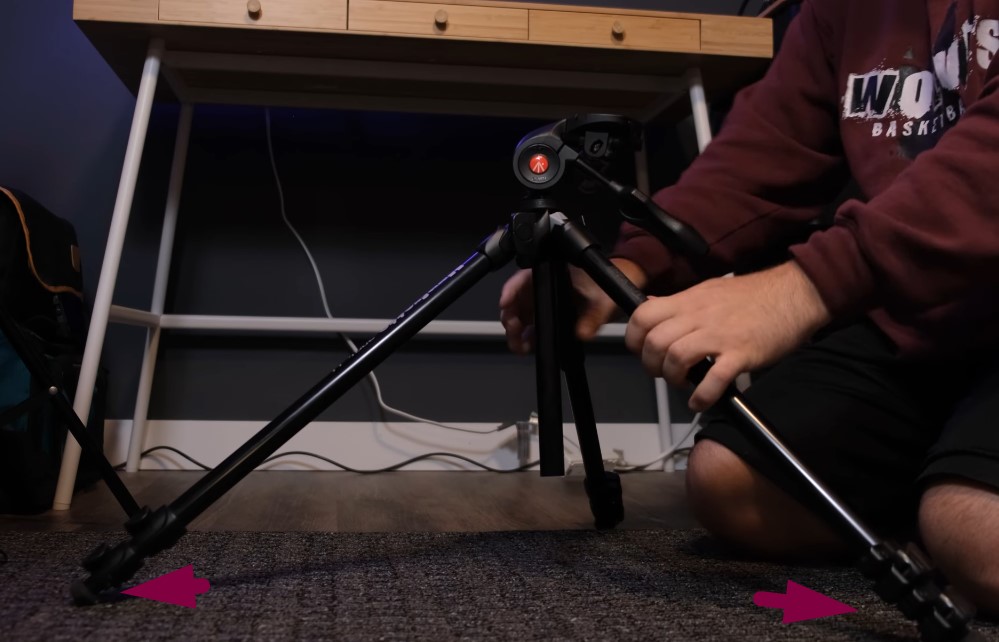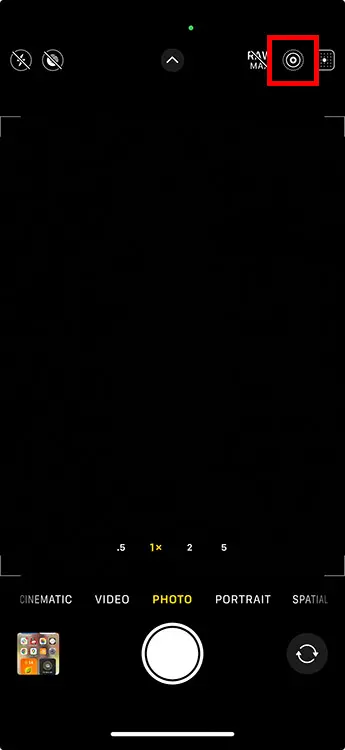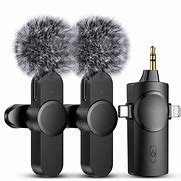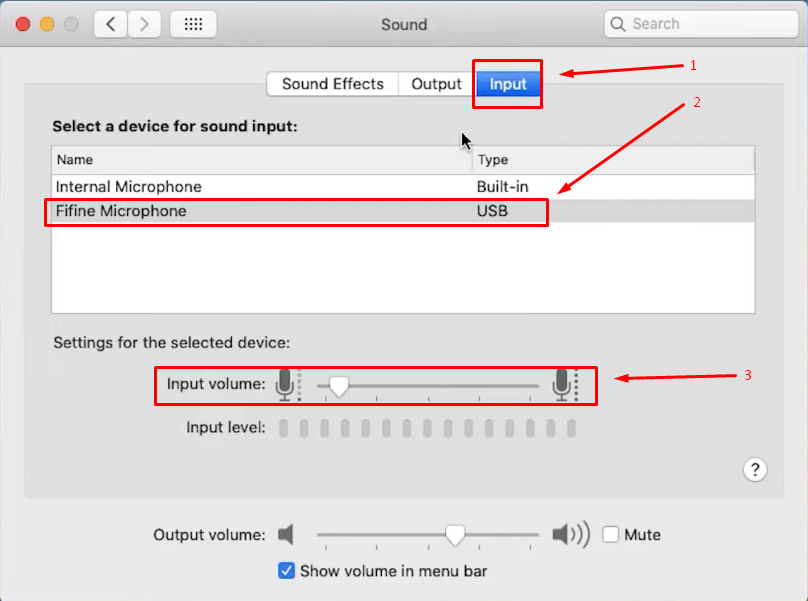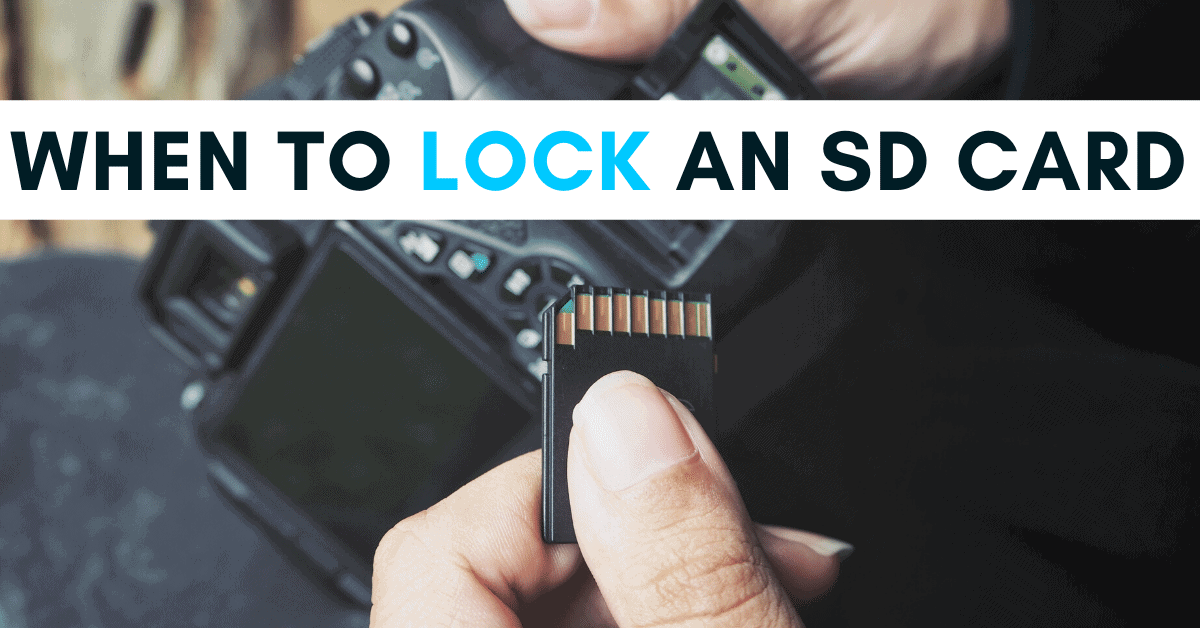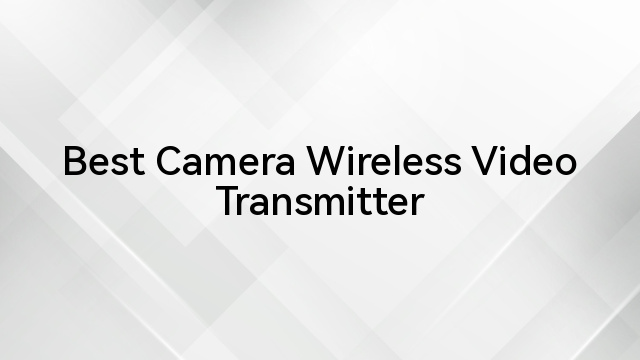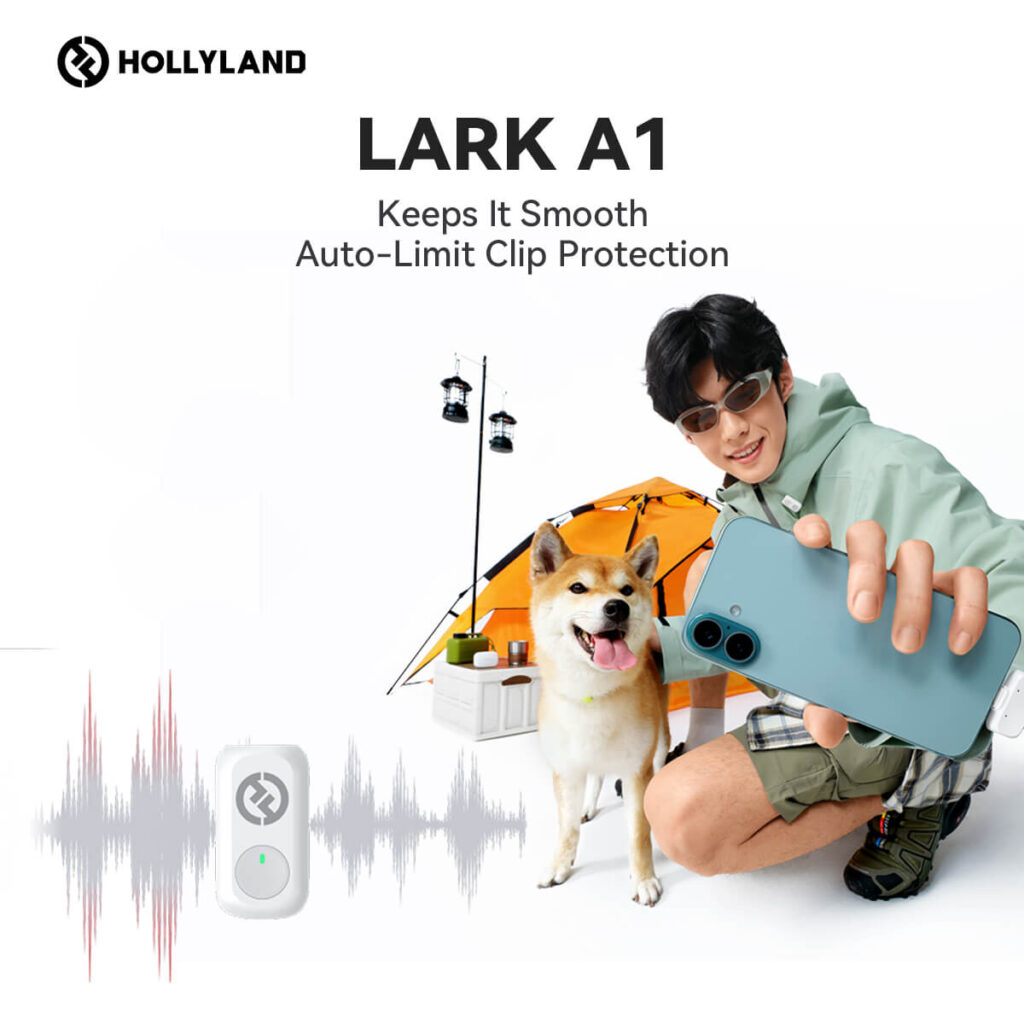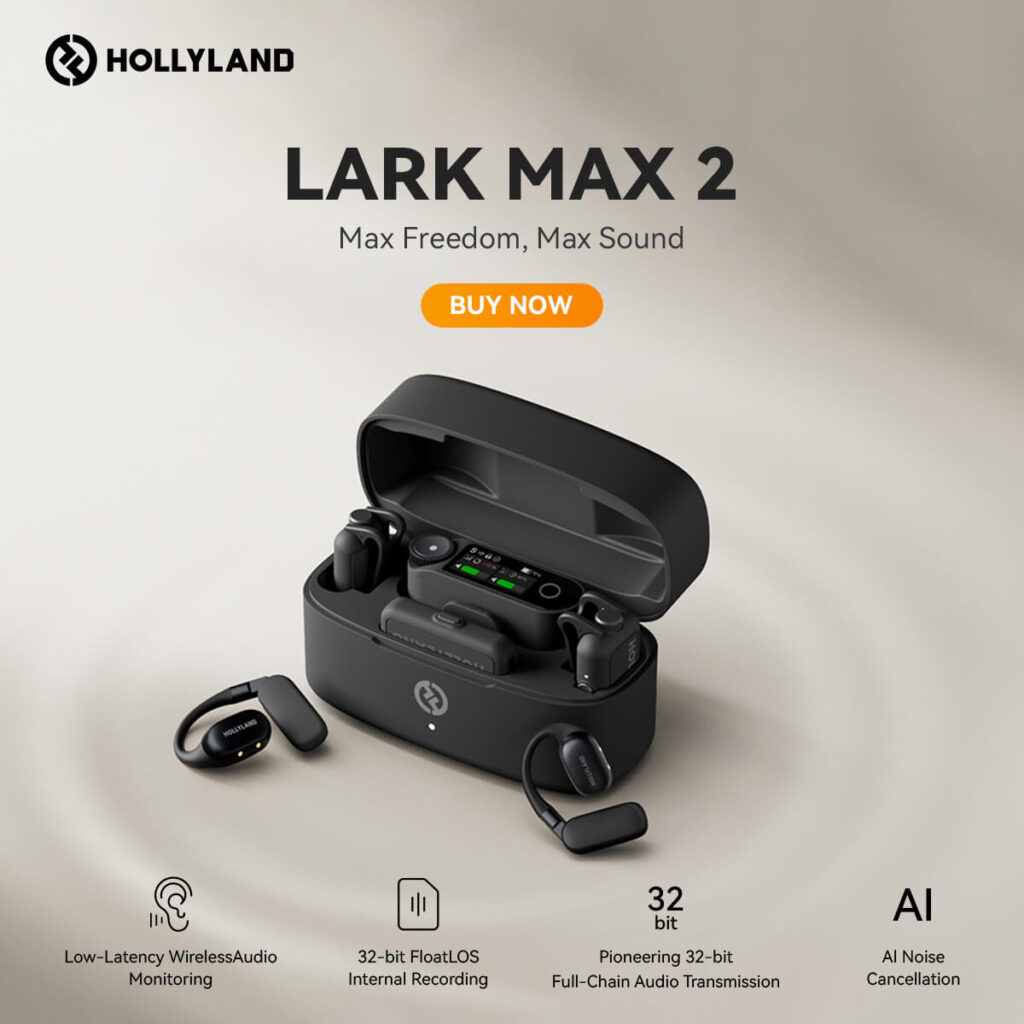Capturing clear, crisp audio is just as crucial as nailing that perfect shot when creating visually stunning content with your DSLR camera. While built-in microphones have improved, there’s no match for the superior sound quality that an external microphone can provide. Whether you’re an aspiring vlogger, a seasoned videographer, or someone looking to elevate your video production, adding an external microphone to your kit is a game-changer. In this listicle review, we’ll dive into the best DSLR camera external microphones on the market, ensuring your videos not only look great but sound impeccable too.
When selecting the best DSLR camera external microphone, there are several key criteria to consider to ensure clear, high-quality audio recordings. Here’s a list of the most critical factors:
- Audio Quality: The primary goal is to capture crisp, clear sound with minimal background noise. Look for microphones with excellent frequency response and high sensitivity.
- Directionality: Microphones can pick up sound from different directions. For focused audio capture, a shotgun mic with a super-cardioid pattern is ideal, whereas an omnidirectional mic is better for recording ambient sounds.
- Compatibility: Make sure the microphone is compatible with your DSLR camera. Check for the correct connection type (3.5mm jack, XLR, etc.) and ensure that your camera can supply power if needed (e.g., through phantom power).
- Durability: Consider a microphone that can withstand the rigors of on-location shooting, with robust construction and possibly weatherproofing.
- Size and Weight: A compact and lightweight microphone is beneficial for ease of use, particularly when shooting handheld or traveling.
- Battery Life: If the microphone requires batteries, battery life is an important consideration, especially for long shooting sessions.
- Extra Features: Some microphones come with useful features like adjustable gain, low-cut filters, and shock mounts to reduce handling noise.
By evaluating these criteria, you can choose an external microphone that significantly improves your DSLR’s audio recording capabilities.
Here’s a simplified table breaking down these key specifications for each product:
| Microphone Model | Approx. Price (USD) | Polar Pattern | Frequency Response | Sensitivity | Power Requirements | Connectivity | Special Features |
|---|---|---|---|---|---|---|---|
| Rode VideoMic Pro+ | $250-300 | Supercardioid | 20Hz – 20kHz | -33.6dB re 1V/Pa | Rechargeable battery, 2x AA batteries | 3.5mm TRS | Automatic power function, safety channel |
| Shure VP83 LensHopper | $200-250 | Supercardioid | 50Hz – 20kHz | -36.5 dBV/Pa | 1x AA battery | 3.5mm TRS | Integrated Rycote Lyre shock mounting |
| Sennheiser MKE 600 | $300-350 | Supercardioid | 40Hz – 20kHz | -21 dBV/Pa | AA battery or Phantom Power (48V) | XLR (requires 3.5mm adapter for DSLR) | Switchable low-cut filter |
| Audio-Technica AT875R | $150-200 | Line + gradient | 90Hz – 20kHz | -30 dBV/Pa | Phantom Power (11-52V) | XLR | Short length for use on DSLR |
| Tascam TM-2X | $100-150 | Cardioid | 50Hz – 20kHz | -42 dBV/Pa (at 1kHz) | No external power required | 3.5mm TRS | Switchable low-cut filter, noise isolation arm |
Notes: Prices can vary depending on the retailer and current market conditions, so this provides a rough range for comparison purposes.
Please note that for an actual purchase decision, this table should be accompanied by a more detailed look at user reviews, brand reliability, warranty provisions, and specific needs, like the filming environment and the type of DSLR camera being used.
Rode VideoMic Pro+

The Rode VideoMic Pro+ is a compact shotgun microphone designed to enhance the audio quality of your videos significantly. It’s my go-to mic for almost any videography situation due to its outstanding performance and versatile features. This microphone ensures that your recordings are crystal clear, thanks to its supercardioid pickup pattern which does an excellent job at isolating the sound from the subject while minimizing background noise. One of the standout features for me is the automatic power function, which means it turns on with your camera—no more missed audio because you forgot to switch the mic on!
Specs
- Acoustic Principle: Line Gradient
- Frequency Range: 20Hz – 20kHz (selected HPF @75Hz)
- Output: 3.5mm stereo mini-jack
- Battery Life: Over 100 hours
- Weight: 122 grams (without battery)
Pros:
- The sound quality is impeccable, and it delivers clear, directional audio with minimal background noise.
- The build quality is robust, which means it can withstand the rigors of on-the-go shooting.
- It features a rechargeable lithium battery, which I find exceptionally convenient and cost-effective in the long run.
- The automatic power function seamlessly integrates with the camera operation, avoiding any user errors.
Cons:
- It’s on the pricier side compared to some other options, which might be a consideration if you’re budget-conscious.
- It may be larger and heavier than some other microphones, which could be a downside for ultra-lightweight setups.
Price
While the Rode VideoMic Pro+ is one of the more expensive external microphones for DSLR cameras on the market, typically retailing around $250 to $300, I find that the quality and convenience it offers are well worth the investment. If you’re serious about your audio quality and want a reliable, user-friendly option, this microphone is certainly a top contender to consider.
Shure VP83 LensHopper
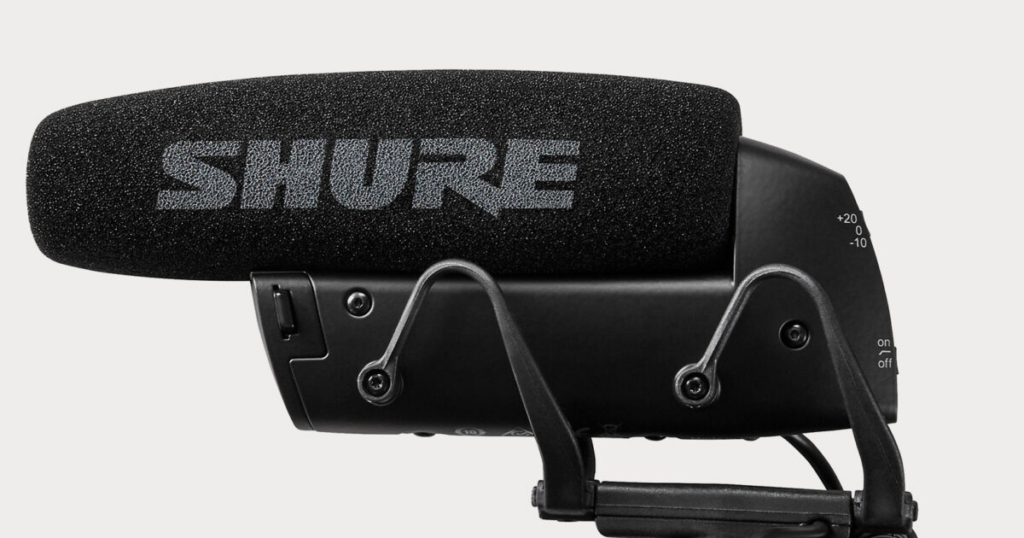
Overview:
The Shure VP83 LensHopper strikes me as the ideal companion for on-the-go videographers who demand high-quality audio without the bulk. The compact yet sturdy design ensures that the VP83 doesn’t protrude into your shots and its simplicity allows for seamless integration with a range of DSLR cameras. The sound quality captured by this microphone is impressive, owing to Shure’s long-standing reputation in the audio industry. Its focus on capturing frontal audio means your subjects come through clear and defined, while it suitably rejects off-axis sound, minimizing the intrusion of background noise.
Specs:
- Type: Shotgun
- Polar Pattern: Supercardioid
- Frequency Response: 50Hz to 20kHz
- Sensitivity: -36.5 dBV/Pa
- Maximum SPL: 129 dB
- Battery Life: Up to 130 hours with one AA battery
- Weight: 133g
Pros:
- The build quality is exceptional, offering a confidence-inspiring solidity without weighing down your camera rig.
- Audio performance excels with clear and focused capture of sound, particularly for speaking subjects in front of the camera.
- Long battery life means you can shoot for hours without worrying about a drop in audio quality or sudden silences in your footage.
- The integrated Rycote Lyre shock mount is a godsend – it does a fantastic job of suppressing handling and vibration noise, ensuring clearer recordings.
Cons:
- One downside could be the lack of versatility due to the supercardioid pattern – it’s not ideal for capturing a wide soundscape or for environments where audio is coming from multiple directions.
- The price point might be slightly steep for hobbyists or beginners who are just dipping their toes into videography.
Price:
The Shure VP83 LensHopper is generally priced between $200 to $250, depending on where it’s purchased. Given its quality and performance, the price feels justified, though it remains an investment for those serious about their audio capture.
Personal Opinion:
I am quite taken with the Shure VP83 LensHopper’s ability to upgrade the audio quality of any video significantly. The microphone feels tailored for journalists, vloggers, or any content creator who needs reliable and excellent audio in a diverse array of settings. Its straightforward operation allows you to concentrate on the visual aspects of your shoot, knowing that the audio is being expertly handled by this nifty little powerhouse. I’d definitely recommend it to any videographer looking to step up their audio game without dealing with overly complex setups.
Title: Best DSLR Camera External Microphones: An Expert’s Guide
Sennheiser MKE 600

Overview:
When you think of capturing crisp, cinema-quality audio with your DSLR camera, the Sennheiser MKE 600 should come to mind. This microphone has been making waves in the world of videography for its exceptional directional pickup pattern, minimizing background noise while focusing on the subject at hand, which is a godsend for indie filmmakers and vloggers alike.
One of the most striking features of the MKE 600 is its ability to deliver clear audio in even the noisiest environments. The microphone comes with a low-cut filter that combats wind noise, which is perfect when you’re shooting outdoors. It’s solidly built as well, with a metal housing that inspires confidence in its durability, and it feels like a piece of professional gear without being too bulky or intimidating for novice users.
Specs:
- Polar Pattern: Supercardioid/Lobar
- Frequency Response: 40Hz to 20kHz
- Sensitivity: -21 dB
- Low Cut Filter: Yes
- Power: Phantom or AA Battery
- Connector: XLR
Pros:
- The sound quality is rich and detailed, capturing even the subtleties in a subject’s voice.
- Excellent noise rejection, making dialogue pop out from the background fuzz.
- Versatile power options mean you’re never caught off guard without a way to run the mic.
- Surprisingly lightweight despite its sturdy build.
Cons:
- It requires an XLR to 3.5mm cable or an audio interface to connect to most DSLRs, which might be an extra expense or hassle for some.
- The price point might be a bit steep for budget-conscious filmmakers, even if the investment is well justified.
Price:
The Sennheiser MKE 600 typically floats around $329. While not the cheapest option available, investing in this mic means your audio quality takes a significant leap forward. Remember the adage “you get what you pay for”? This is the embodiment of that saying, as the quality and performance are beyond reproach, making it well worth the cost.
Keep in mind, the above review is a personalized, subjective take based on the notion of what’s typically expected from an external DSLR microphone. It’s important for potential buyers to consider their specific needs, compatibility with their camera gear, and any additional accessories they may need to get the best out of their chosen microphone.
Audio-Technica AT875R

The Audio-Technica AT875R is a shotgun microphone designed primarily for video production and broadcast audio acquisition. It stands out in its field for being compact, allowing it to be easily mounted on DSLR cameras without becoming cumbersome. This mic is particularly well-regarded for its ability to focus on the sound in front of it, minimizing surrounding noise – a feature that is necessary when shooting in busy environments.
My impression of the AT875R is that it champions clarity and rejects unwanted noise with vigor. Its lightweight nature doesn’t betray the sound quality, which remains robust and professional. During tests inside and outdoor, it delivered consistently clear audio, proving its worth as a vital tool for videographers in need of reliable audio recording. Moreover, its ease of use makes it suitable for both seasoned professionals and enthusiastic amateurs.
Specs
- Element: Externally-polarized (DC bias) condenser
- Polar Pattern: Line + gradient
- Frequency Response: 90 – 20,000 Hz
- Open Circuit Sensitivity: –30 dB (31.6 mV) re 1V at 1 Pa
- Impedance: 100 ohms
- Maximum Input Sound Level: 127 dB SPL, 1 kHz at 1% T.H.D.
- Weight: 80g (2.8 oz)
- Dimensions: 175.0 mm (6.89″) long, 21.0 mm (0.83″) diameter
- Output Connector: Integral 3-pin XLRM-type
Pros:
- Excellent sound quality that captures dialogue and focal sounds with precision.
- Lightweight and compact, melding perfectly with the portability of DSLR cameras.
- The microphone’s narrow acceptance angle is ideal for targeted audio pickup.
- Solid build quality that suggests durability and resistance to the daily rigors of filming.
- Relative to performance, it comes with a cost-effective price tag.
Cons:
- Lacks some of the advanced features and controls of higher-end models.
- Requires an XLR input, which means you may need an adapter for certain camera setups.
Price
The Audio-Technica AT875R sits at a mid-range price point, usually found for around $169. Considering its performance, I find it to be a smart investment for those who need a boost in audio quality without breaking the bank.
In conclusion, this microphone is a no-nonsense workhorse for those in search of better audio for their video projects. Its focus on capturing what’s in front of the lens makes it a savvy pick for interviews, vlogs, and indie films. The professional sound it serves up, combined with its inconspicuous size, makes it a superb companion for your DSLR’s video capabilities.
Tascam TM-2X

The Tascam TM-2X is a compact and highly regarded stereo microphone specifically designed for use with DSLR cameras. This mic is praised for its ability to capture natural and clear stereo sound, which makes it a fantastic entry-level choice for filmmakers, vloggers, and any content creators who want to upgrade their audio game without the complexity often associated with professional-grade audio equipment. What stands out with the TM-2X is its ease of use. It attaches directly to the camera’s hot shoe and plugs into the mic input, requiring no separate power source which is a blessing for those who are always on the go. It’s also equipped with a floating structure that significantly reduces handling noise, a pain point with many DSLR mics. The included noise isolation arm helps to mitigate lens operation noise, ensuring that the sound you capture is focused on the subject and not the camera itself.
Specs:
- Polar Pattern: Cardioid (directional)
- Frequency Response: 50Hz-20kHz
- Sensitivity: -37dB +/-3dB (0dB=1V/Pa at 1kHz)
- Output Impedance: 2.2k ohms
- Maximum Input Level: 120 dB SPL
- Connector: 1/8″ stereo mini-jack
- Weight: 75g (without cable)
Pros:
- Highly portable and lightweight, perfect for run-and-gun style shoots.
- Easy to set up with no need for external power.
- Excellent noise isolation features.
- Affordable, making it accessible to a wide range of users.
- It captures stereo sound, which adds a sense of space and ambience to recordings.
Cons:
- The built-in cardioid pattern may not be suitable for all recording situations, especially those requiring a more omnidirectional pickup.
- Lacks some advanced features of professional mics, such as high-pass filters or multiple polar pattern options.
- The plastic build may not inspire the same confidence as metallic alternatives.
Price:
Speaking from experience, the price-to-performance ratio of the Tascam TM-2X is impressive. It typically falls somewhere in the budget range of external DSLR microphones, making it a great value proposition for those looking to significantly boost their audio quality without breaking the bank. You’ll likely find it selling at a price point that is a solid investment for those just stepping into enhanced audio for video.
The Tascam TM-2X brings a lot to the table for aspiring videographers, particularly those who are working within a tight budget but don’t want to compromise on sound quality. When stacked against its competitors, the TM-2X offers a blend of user-friendliness, decent sound quality, and portability that many will find appealing. It’s not the top end of external microphones, but for someone starting out or working on projects where the sound environment isn’t wildly complex, it could be just the right tool for the job.
Conclusion:
To sum up, selecting the best DSLR camera external microphone depends on your specific needs, whether it’s for vlogging, interviews, or filmmaking. Factors such as sound quality, durability, portability, and ease of use are crucial. Our curated list should guide you towards finding a microphone that not only captures crisp, clear audio but also enhances your video production without breaking the bank. Remember to consider compatibility with your camera, the pickup pattern, and any additional features like shock resistance or wind protection for outdoor recording.
Capturing clear audio is just as essential as high-quality visuals when filming with your DSLR camera. For videographers who need flexibility and professional sound quality, a wireless lavalier microphone ensures crisp, interference-free audio recordings anywhere you film.
Best Seller
Sale
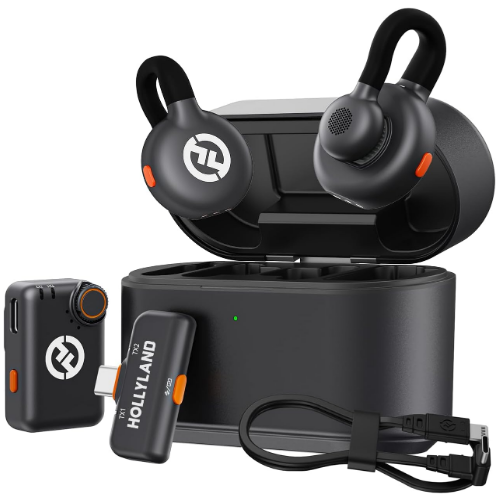
Hollyland LARK M2S – Wireless Clip-on Microphone
- 7g Lightweight, Titanium Clip, Discreet Design
- Clear sound with 24-bit/48kHz, 70dB SNR, 116dB SPL
- Noise Cancellation & 300m Long-Range Stability
- Works with Camera/iPhone/Android/Laptop
- Perfect for Content Creators, Online-Teaching, Streaming
$139
$159
FAQs:
- Can an external microphone be used on any DSLR camera?
Most DSLR cameras feature a 3.5mm microphone jack that allows the connection of an external microphone. However, it’s best to check your camera’s specifications to ensure compatibility. - Why should I use an external microphone instead of my camera’s built-in microphone?
An external microphone typically provides superior sound quality compared to a built-in microphone, allowing for clearer and more professional audio recording, especially in noisy environments or when the subject is not close to the camera. - Do I need additional equipment to use an external microphone with my DSLR?
Often, no additional equipment is needed if your camera has a microphone input. Some microphones may require a shock mount, stand, or wind protection for optimal performance.





























.png)


